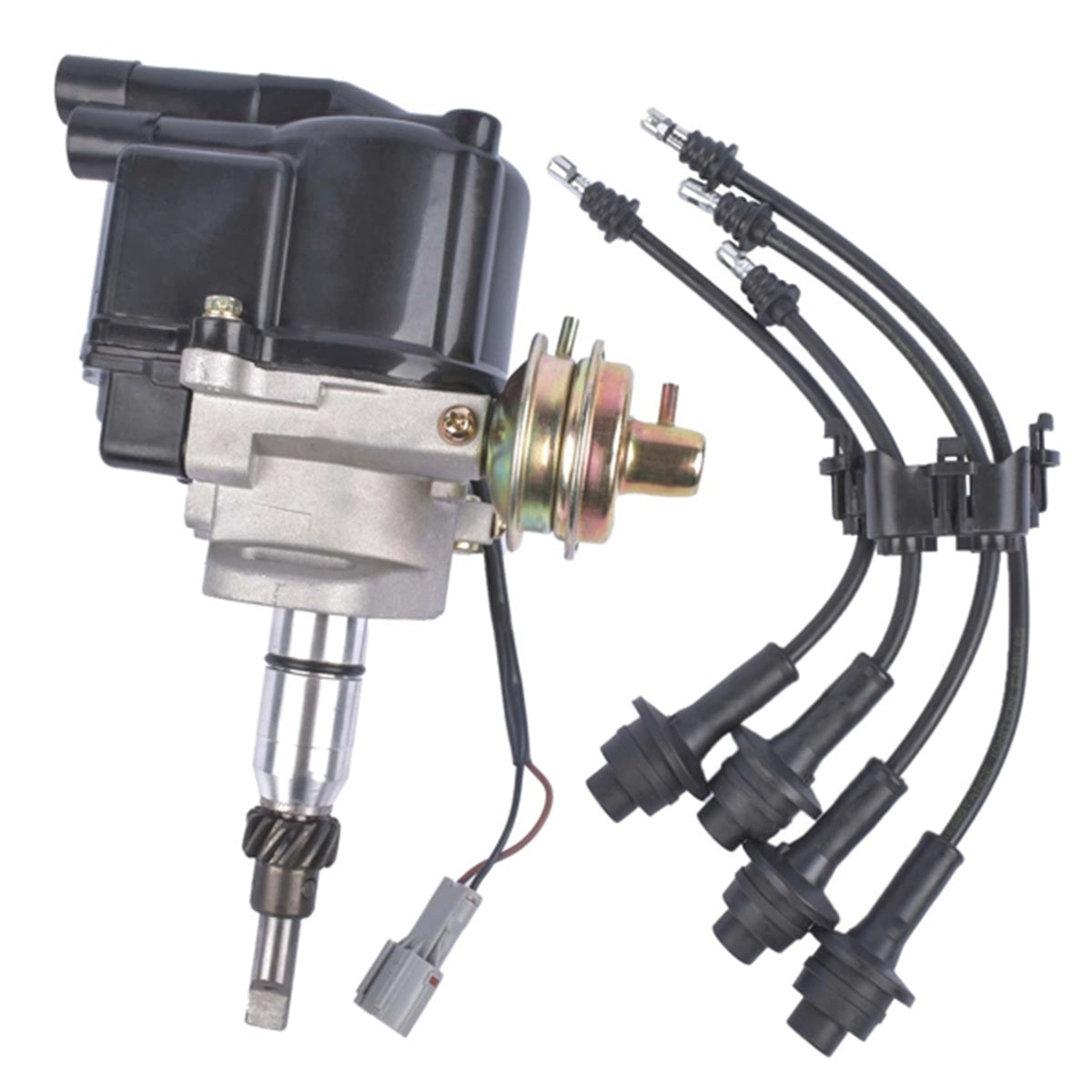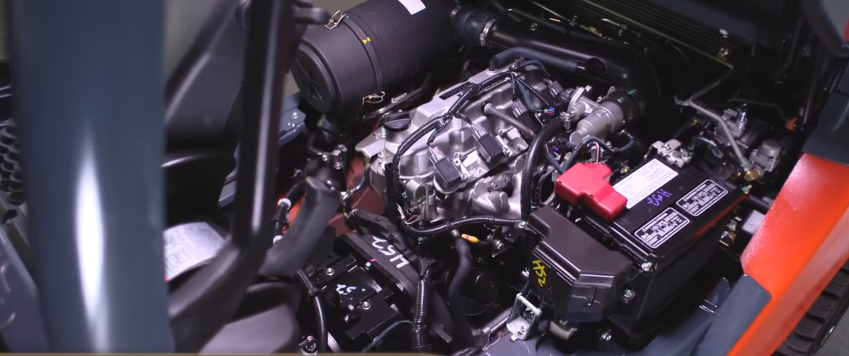The Ultimate Guide to the Engine: Key Insights for Every Vehicle Fanatic
Understanding the engine is fundamental for any kind of automobile lover, as it offers as the heart of the lorry and dictates its performance. The intricacies of engine characteristics and the most recent advancements in innovation existing concerns that merit additional exploration.
Anatomy of an Engine
Understanding the anatomy of an engine is vital for any kind of auto enthusiast aiming to dive much deeper right into vehicle auto mechanics. An interior combustion engine primarily contains numerous vital parts that operate in unison to convert fuel right into mechanical power.
At the heart of this system lies the cylinder block, which houses the cyndrical tubes where burning takes place. Piston motion within these cylinders is helped with by the crankshaft, which translates straight movement into rotational power. Furthermore, the camshaft plays an important role in controlling the opening and closing of the engine's shutoffs, guaranteeing proper air-fuel combination intake and exhaust gas expulsion.
Various other essential elements consist of the fuel system, which provides the engine with the essential gas, and the ignition system, in charge of initiating burning - 4y engine. The cooling and lubrication systems are also indispensable, preserving optimal operating temperature levels and decreasing rubbing, respectively
Engine Kinds and Configurations
A diverse array of engine types and arrangements exists, each offering distinct benefits and drawbacks customized to different driving demands and preferences. One of the most common engine types consist of inline, V, flat, and rotary arrangements.
Inline engines, featuring cyndrical tubes set up in a solitary line, are understood for their simpleness and efficiency. They are commonly found in small lorries, providing an equilibrium of power and economy. V engines, defined by their 2 financial institutions of cylinders set up in a V form, provide higher efficiency and smoother procedure, making them popular in sports and high-end cars.
Flat engines, or fighter engines, have actually horizontally opposed cylinders, which contribute to a reduced facility of gravity, boosting vehicle security. These are commonly seen in brands like Subaru and Porsche.
Rotating engines, although much less common, use an one-of-a-kind layout with a triangular rotor and offer high power-to-weight ratios. They master light-weight and portable applications, primarily seen in Mazda cars.
Each engine type serves certain efficiency features, weight circulations, and gas efficiencies, ensuring that automobile lovers can choose the ideal engine setup to match their driving design and vehicle requirements.

Exactly How Engines Function
Engines, despite their type or configuration, operate basic concepts that control their performance and efficiency. At their core, engines convert gas right into mechanical energy through a series of regulated surges or compressions. This process generally involves 4 major strokes: intake, compression, exhaust, and power.
During the consumption stroke, the engine attracts a mixture of air and gas. The compression stroke complies with, where the mix is pressed in the cyndrical tube, increasing its temperature level and stress. In the power stroke, a spark ignites the compressed mix (in fuel engines) or the mixture stirs up automatically (in diesel engines), causing a fast expansion of gases that presses the piston down. Lastly, the exhaust stroke expels the invested gases from the cylinder.
The performance of an engine is influenced by different elements, including the layout of the combustion chamber, the sort of gas utilized, and the accuracy of the engine's components. Comprehending these basic principles is critical for automobile fanatics who seek to value the intricate auto mechanics behind their vehicles, in addition to for those intending to boost performance with alterations and adjusting.
Developments in Engine Modern Technology
Over the last few years, developments in engine modern technology have actually considerably transformed the auto landscape, boosting both efficiency and environmental sustainability. Among one of the most remarkable advancements is the growth of turbocharging and supercharging, which allows smaller engines to produce greater power outcomes without compromising fuel effectiveness. This has actually caused a surge in the appeal of scaled down engines, giving suppliers with the capacity to fulfill rigorous exhausts laws while keeping efficiency requirements.
Additionally, hybrid and electric powertrains are improving the engine standard. Crossbreed systems integrate interior combustion engines with electric motors, maximizing gas usage and decreasing Continued emissions. Fully electric lorries (EVs) remove the burning engine entirely, relying on advanced battery technology to supply immediate Full Report torque and excellent acceleration.
Furthermore, the assimilation of fabricated knowledge and device learning in engine monitoring systems enables for real-time optimization of performance criteria, improving efficiency and responsiveness. Innovations such as variable shutoff timing and direct gas shot even more improve burning processes, taking full advantage of power output while reducing waste.
As the automobile industry remains to advance, these technologies in engine innovation will play a crucial duty fit the future of mobility, focusing on both performance and sustainability.
Upkeep Tips for Enthusiasts
Keeping an engine is as important as the technologies that improve its efficiency. Regular upkeep not only extends the life of your engine but likewise ensures ideal efficiency. Start with regular oil adjustments, adhering to the manufacturer's suggestions for oil kind and modification periods. Clean oil lubricates engine parts effectively, protecting against deterioration.
Examine and replace air filters periodically to guarantee appropriate air flow, which is vital for burning performance. A clogged up air filter can lead to decreased performance and increased gas intake. Similarly, check the coolant degrees to avoid getting too hot, and replace coolant according to the solution routine.

Conclusion
In conclusion, a detailed understanding of engine composition, types, and technicians is essential for vehicle enthusiasts. The expedition of advancements such as turbocharging and hybrid systems highlights the improvements in performance and performance. Regular upkeep practices, consisting of oil changes and air filter checks, are important for ensuring ideal engine functionality and durability. Proficiency of these concepts promotes a much deeper gratitude for engine characteristics and improves the total driving experience.

Engines, no matter of their type or setup, run on essential principles that govern their performance and efficiency. In the power stroke, a spark ignites the compressed mixture (in gasoline engines) or the combination ignites automatically (in diesel engines), resulting in a quick growth of gases that presses the piston down.In recent years, advancements in engine technology have actually dramatically changed the vehicle landscape, improving both performance and environmental sustainability.